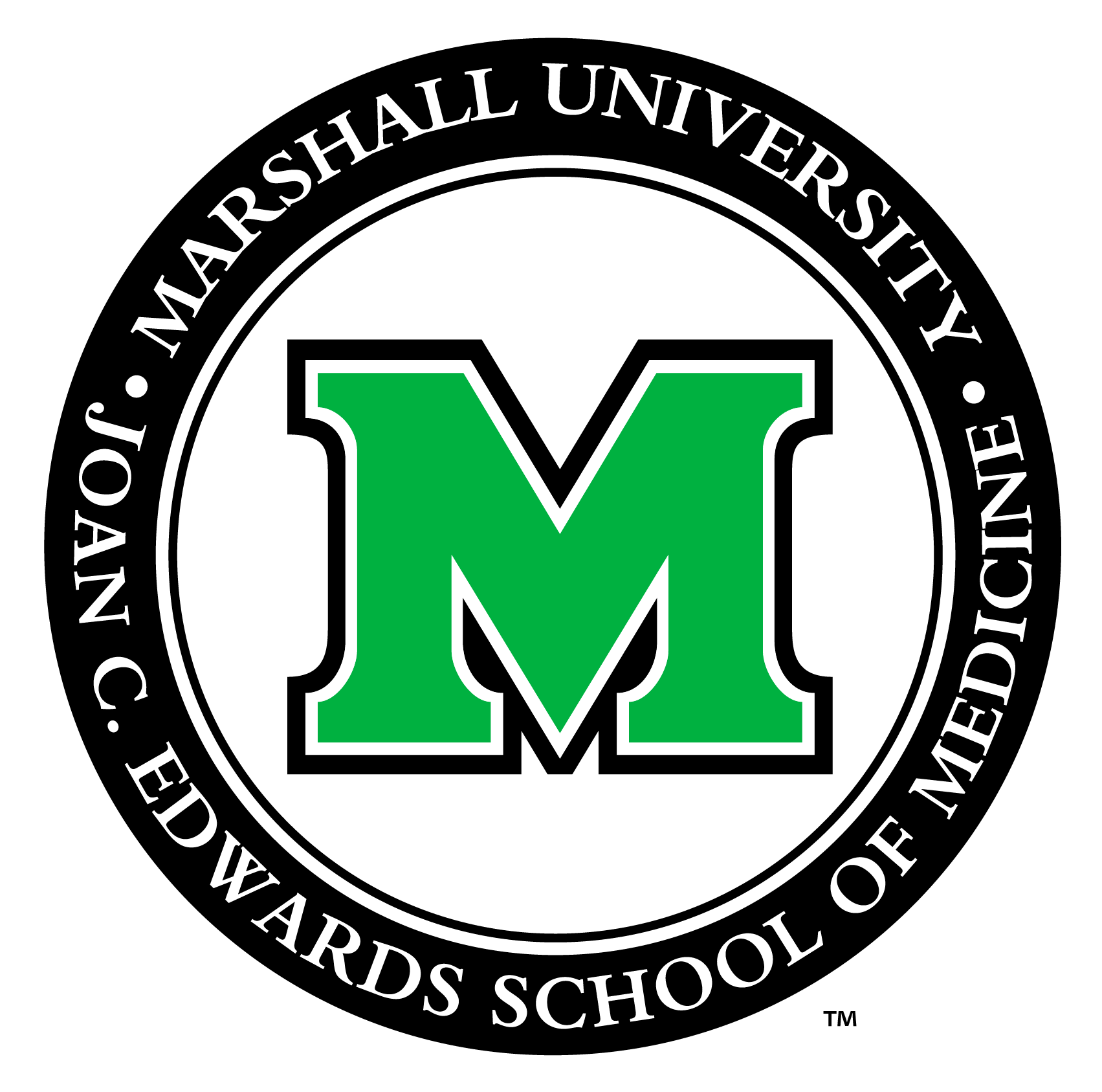- Home |
- Research |
- Office of Research and Graduate Education |
- Research Faculty |
- Biomedical Sciences |
- Dasgupta
Menu 

- Current Students
- Faculty & Staff
- About
- Prospective Students
- Residents/Fellows
- GME General Info
- Incoming Residents & Fellows
- Current Residents & Fellows
- GMEC
- Important Links
- Programs
- Family & Community Health
- - Addiction Medicine Fellowship
- - Geriatric Medicine Fellowship
- - Sports Medicine Fellowship
- General Practice Residency - Dental
- Internal Medicine
- - Cardiology Fellowship
- - Endocrinology Fellowship
- - Interventional Cardiology Fellowship
- - Gastroenterology Fellowship
- - Hematology-Oncology Fellowship
- - Nephrology Fellowship
- - Nurse Practitioner Fellowship
- - Pulmonary Critical Care Fellowship
- Medicine / Pediatrics
- Neurology
- Obstetrics / Gynecology
- Orthopaedic Surgery
- Pediatrics
- - Neonatal-Perinatal Medicine Fellowship
- - Pediatric Hospital Medicine Fellowship
- Psychiatry
- - Child & Adolescent Psychiatry Fellowship
- - Geriatric Psychiatry Fellowship
- Surgery
- Quick Links
- New Innovations
- I-PASS
- Policies
- Handbook
- Research
- Departments
- Clinical Departments
- Basic Science Departments
- Divisions / Other Departments
- Animal Resources
- Forensic Science
- Health Science Library
- Human Gift Registry / Body Donation
- Clinical & Translational Sciences
- Computing / Information Technology
- Graphic Design Services
- Office of Academic Affairs
- Office of Diversity & Inclusion
- Office of Faculty Advancement
- Office of Medical Education
- Office of Student Affairs
- Robert C. Byrd Center For Rural Health
- Administration Contacts
- Phone & Email Directory
- Alumni/Giving
- Clinical Care
- Quick Links
- Marshall Health
- Find A Doctor
- Locations
- Contact Information
- Services

 Capsaicin is the hot spicy ingredient of chili peppers. It is traditionally used as an analgesic and is found in many over-the counter pain-relieving creams and lotions. Our findings were the first to show that capsaicin displayed robust anti-cancer activity in human SCLC cells.
Capsaicin is the hot spicy ingredient of chili peppers. It is traditionally used as an analgesic and is found in many over-the counter pain-relieving creams and lotions. Our findings were the first to show that capsaicin displayed robust anti-cancer activity in human SCLC cells.  The growth-suppressive activity of capsaicin was only observed in human cancer cells and not in normal lung epithelial cells. The anti-tumor activity of capsaicin was tested in athymic mice models. The dietary administration of capsaicin (50mg capsaicin/kg food) potently decreased the growth rate of human SCLC tumors xenotransplanted in athymic mice.
The growth-suppressive activity of capsaicin was only observed in human cancer cells and not in normal lung epithelial cells. The anti-tumor activity of capsaicin was tested in athymic mice models. The dietary administration of capsaicin (50mg capsaicin/kg food) potently decreased the growth rate of human SCLC tumors xenotransplanted in athymic mice.
 MG624 is a high affinity alpha-7 nicotinic receptor antagonist, whose pharmacological effects have been extensively studies in neuronal cells. Our studies were the first to study the anti-cancer activity of MG624 in human small cell lung cancer. The figure on the left shows the anti-angiogenic activity of MG624, as measured by rat aortic rings assay and rat retinal explant assay. The treatment of rat aortic rings with 100nM nicotine leads to a robust network of capillaries in Matrigel (top left panel, indicated by the black arrows). When MG624 was added along with nicotine, the number of capillaries were greatly reduced (top right panel). Similarly, nicotine induced strong angiogenic sprouting in rat retinal explants embedded in Matrigel (bottom left panel, indicated by the black arrows). The addition of MG624 potently abrogated nicotine-induced angiogenesis (bottom right panel).
MG624 is a high affinity alpha-7 nicotinic receptor antagonist, whose pharmacological effects have been extensively studies in neuronal cells. Our studies were the first to study the anti-cancer activity of MG624 in human small cell lung cancer. The figure on the left shows the anti-angiogenic activity of MG624, as measured by rat aortic rings assay and rat retinal explant assay. The treatment of rat aortic rings with 100nM nicotine leads to a robust network of capillaries in Matrigel (top left panel, indicated by the black arrows). When MG624 was added along with nicotine, the number of capillaries were greatly reduced (top right panel). Similarly, nicotine induced strong angiogenic sprouting in rat retinal explants embedded in Matrigel (bottom left panel, indicated by the black arrows). The addition of MG624 potently abrogated nicotine-induced angiogenesis (bottom right panel).
 Studies in neuronal systems have characterized potent agonists/antagonists towards ChAT, VAChT, CTLs and AChE. Many of these compounds are being used in the clinic for the treatment of neurodegenerative diseases. They are tolerated well in patients and have a favorable side effect profile. Our laboratory aims to repurpose these compounds for lung cancer therapy. The VAChT antagonist vesamicol potently suppressed human lung cancer tumors in athymic mouse models (left figure, panel A). The administration of vesamicol did not cause any signs of discomfort/toxicity in mice. The weights, food intake, water intake of the vesamicol-treated mice was similar to vehicle-treated mice. Histological analysis shows that vesamicol triggered robust apoptosis in human lung cancer tumors (left figure, panel B).
Studies in neuronal systems have characterized potent agonists/antagonists towards ChAT, VAChT, CTLs and AChE. Many of these compounds are being used in the clinic for the treatment of neurodegenerative diseases. They are tolerated well in patients and have a favorable side effect profile. Our laboratory aims to repurpose these compounds for lung cancer therapy. The VAChT antagonist vesamicol potently suppressed human lung cancer tumors in athymic mouse models (left figure, panel A). The administration of vesamicol did not cause any signs of discomfort/toxicity in mice. The weights, food intake, water intake of the vesamicol-treated mice was similar to vehicle-treated mice. Histological analysis shows that vesamicol triggered robust apoptosis in human lung cancer tumors (left figure, panel B).